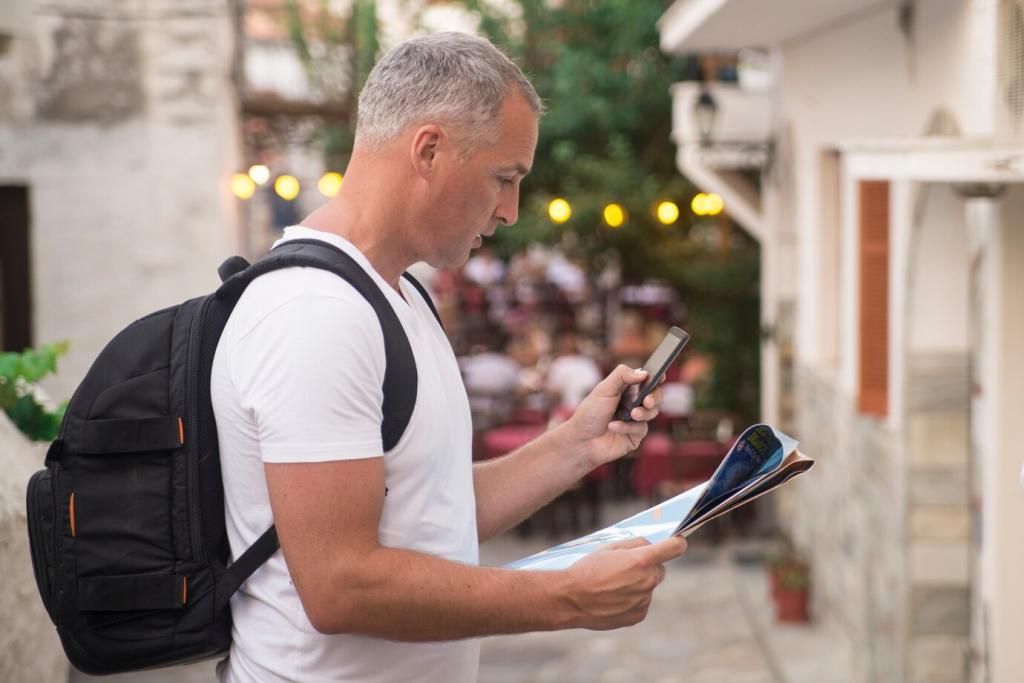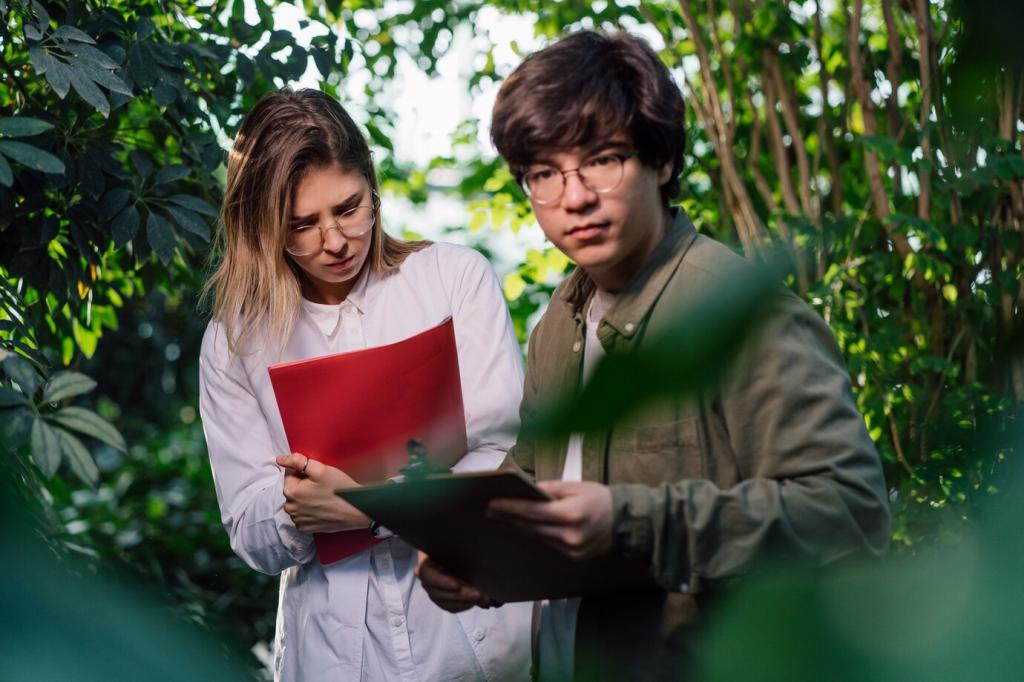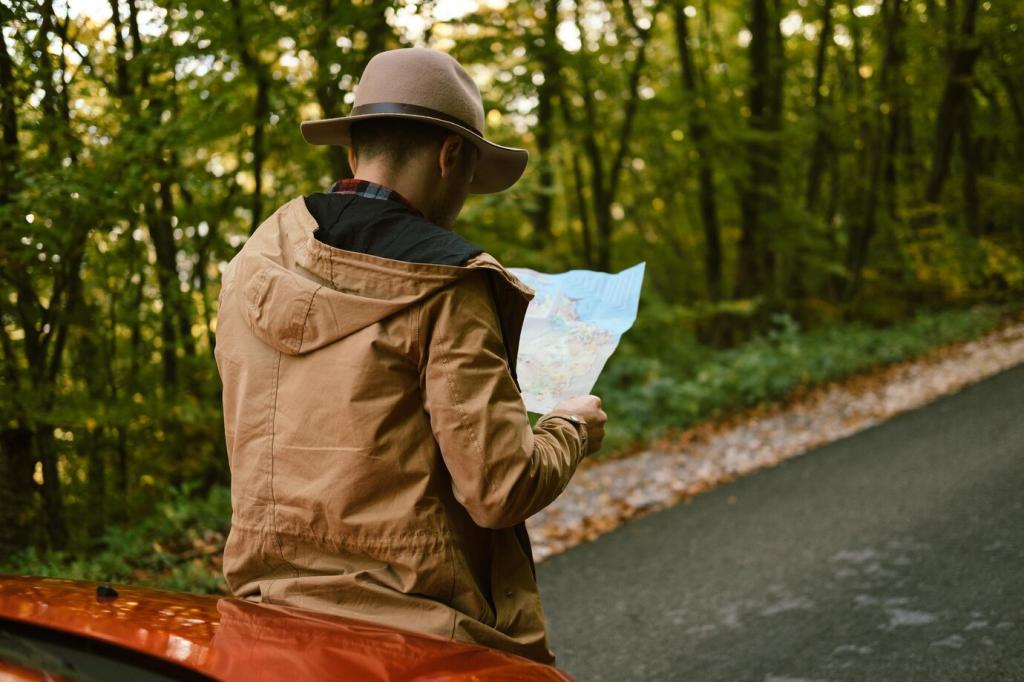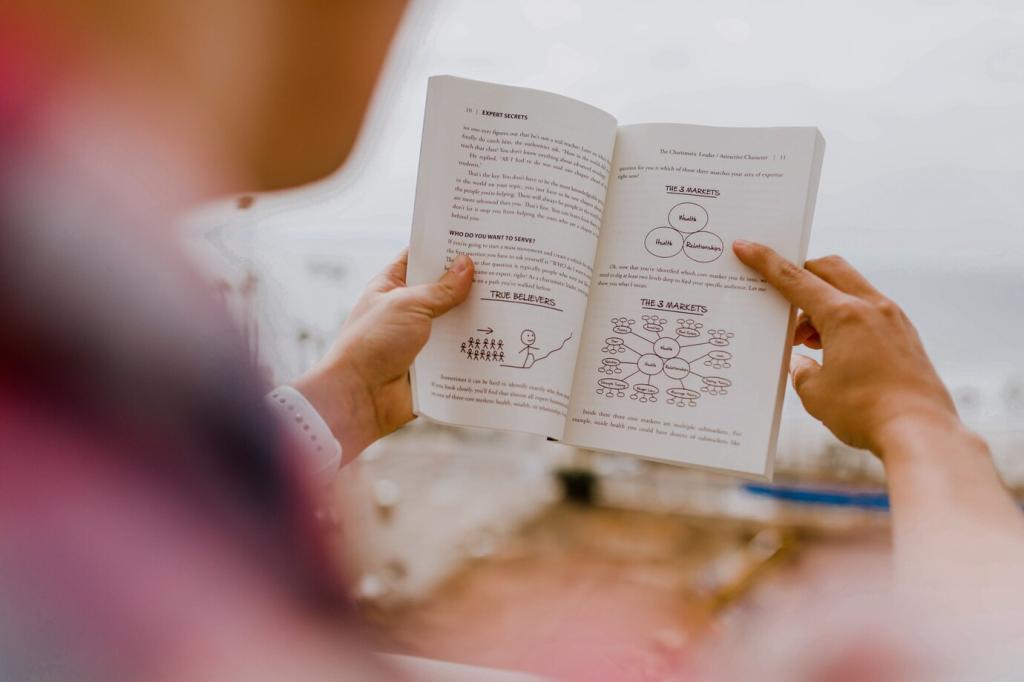How to Choose a Cultural Tour Guide Program
Ready to guide travelers through living history, local flavors, and authentic stories? Here is your friendly compass for choosing a cultural tour guide program that fits your goals, values, learning style, and budget. Subscribe for ongoing tips and insider checklists.
Clarify Your Path and Purpose
Are you drawn to museum interpretation, street art, food heritage, indigenous histories, or rural craft traditions? Choose a program that offers focused modules, site visits, and mentors aligned with your niche, so your training translates directly into memorable, respectful tours.
Look for Recognized Bodies
Investigate recognition by reputable organizations, such as national or regional tourist guide authorities and professional associations like the World Federation of Tourist Guide Associations. Confirm whether completion leads to eligibility for local licensing, rather than just a decorative certificate.
Standards and Ethics Matter
Strong programs highlight codes of conduct, respectful storytelling, and responsible tourism frameworks. They address sensitive topics, intangible cultural heritage, permissions for photography, and data privacy, ensuring you guide with integrity while protecting communities, guests, and yourself.
Evidence, Not Promises
Ask for measurable details: required hours, supervised fieldwork, assessment rubrics, pass rates, and sample syllabi. Programs that publish clear evidence of outcomes signal reliability and make it easier to compare options without falling for vague marketing claims or buzzwords.
Curriculum Depth and Relevance

Heritage Interpretation and Local History
Look for modules covering historiography, anthropology, and place-based storytelling. You want training that moves beyond memorized dates to interpret layered narratives, contested histories, and living traditions with nuance, empathy, and evidence-backed context for diverse audiences.

Intercultural Communication and Language Skills
Choose programs that teach active listening, translanguaging strategies, and cultural humility. Advanced language labs, pronunciation coaching, and glossaries of local terms help you bridge misunderstandings and turn cultural difference into insight rather than awkwardness or stereotype.

Safety, Accessibility, and Inclusion
Prioritize curricula that include route risk assessments, first aid, inclusive design, and disability-aware guiding techniques. Accessibility is culture in practice; when guests feel safe and included, your cultural narratives land deeper and your reputation grows through authentic care.
Practicum, Fieldwork, and Real Sites
Seek programs that require supervised hours shadowing licensed guides, followed by role-play scenarios and live practice tours. Feedback loops after each session help you refine delivery, pacing, and group management before meeting paying guests in complex environments.

Read faculty bios and look for active guiding experience, research credentials, and community collaboration. Instructors who publish, guide regularly, and co-create with local partners will offer current, ethical practices rather than outdated scripts or purely theoretical lectures.
Faculty, Mentorship, and Alumni Outcomes

In-Person, Online, or Hybrid
In-person immersion builds confidence on the ground, while online modules help with theory and flexibility. Hybrid designs that stream from actual sites and include local meetups often deliver the best of both worlds without diluting hands-on practice.

Accessibility and Logistics
Confirm time zones, recorded sessions, transcript availability, and disability accommodations. Programs that plan routes with accessible facilities, rest stops, and transport options demonstrate how inclusive thinking starts in training and continues into your daily guiding routines.

Student Services That Matter
Look for career advising, mock licensing exams, language labs, and micro-credentials in specialties like food handling or museum etiquette. If you need a study buddy or portfolio review, ask in our comments and we will help connect readers with peers.

Know the Full Cost of Attendance
Beyond tuition, budget for site admissions, transport, uniforms, insurance, first aid certification, and licensing exam fees. Ask for a written breakdown so you can compare apples to apples across programs without unwelcome last-minute surprises.

Consider Return on Learning
Evaluate how fast you can turn training into paid tours, freelance contracts, or museum gigs. Strong programs help you build a marketable portfolio, collect feedback, and develop signature itineraries that differentiate your cultural value from commodity routes.


Due Diligence and Red Flags
Promises like guaranteed licenses in two weeks or instant job placement are warning signs. Licensing often depends on regional laws and exams. Solid programs prepare you thoroughly instead of glossing over regulatory realities to close a quick sale.
Due Diligence and Red Flags
If syllabi avoid specifics about assessment, field hours, and ethics, proceed cautiously. Cultural work evolves quickly; seek programs that update content regularly and include current community partnerships, not recycled scripts or purely promotional case studies.
